#Rosa gallica
Explore tagged Tumblr posts
Text

Rosa Gallica
Mary Delany
paper collage, 1782
89 notes
·
View notes
Text

近所を散歩していると住宅の塀で咲いていた、
「ロサ・ガリカ」というバラの薄紫色の花。
バラ属。
学名:Rosa gallica
撮影:iPhone14 Pro Max
34 notes
·
View notes
Photo

Gallic Rose (Rosa gallica L. ‘Versicolor’) - Pieter Withoos - 17th c. - via Rijksmuseum
11 notes
·
View notes
Text
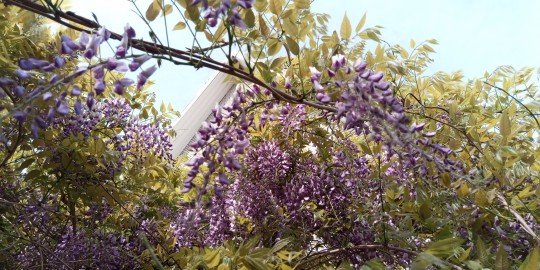
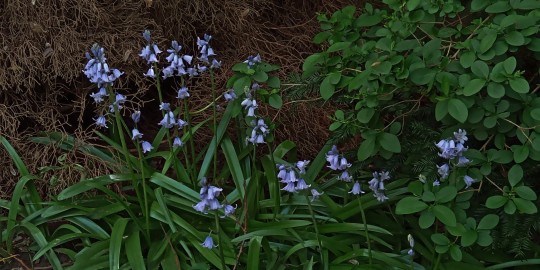


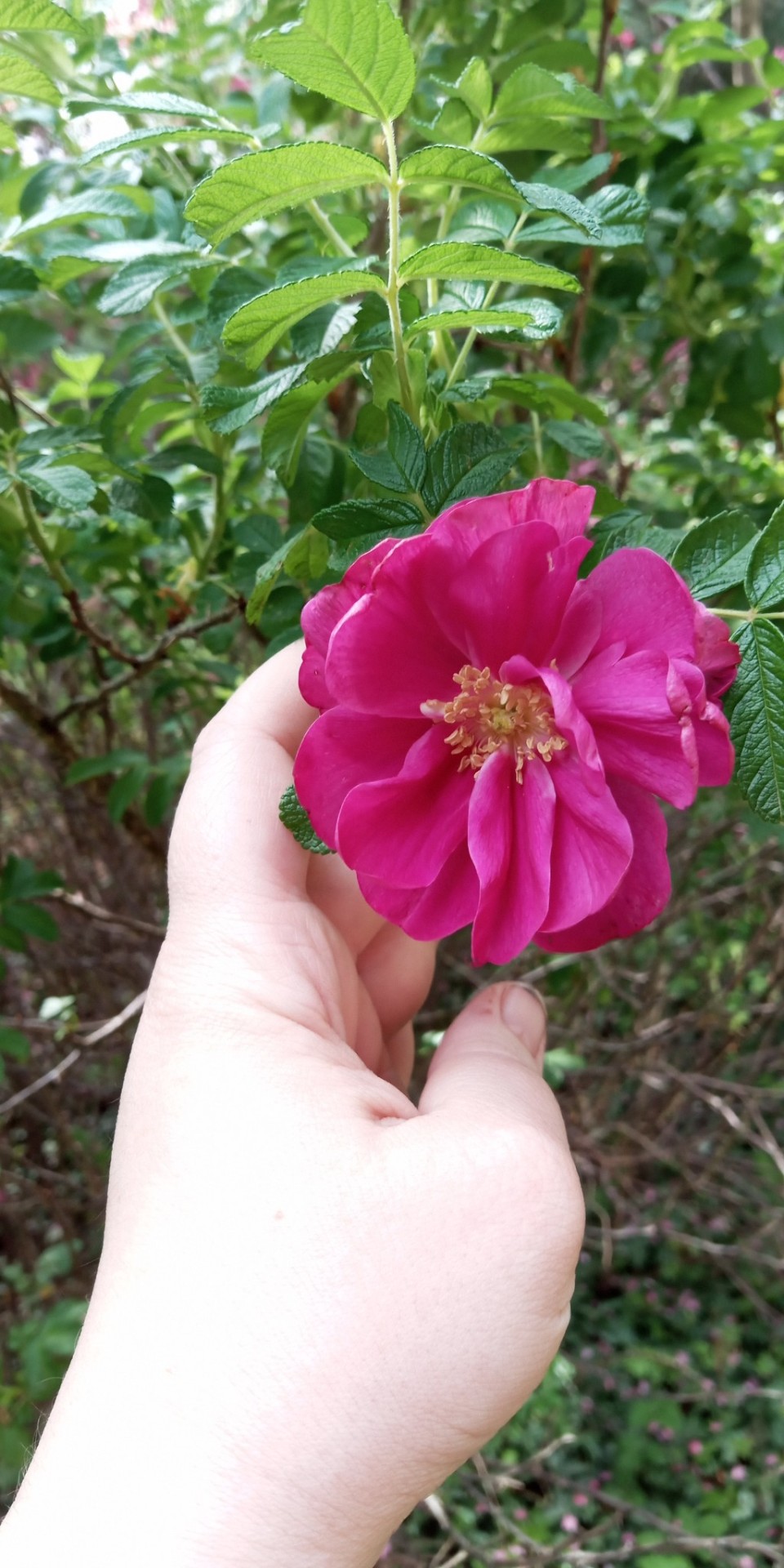


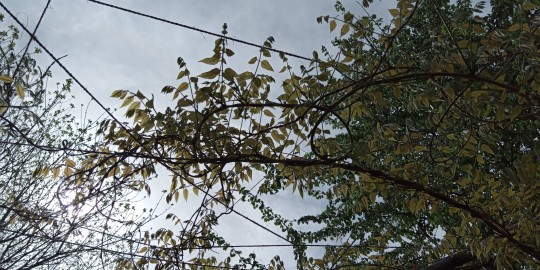
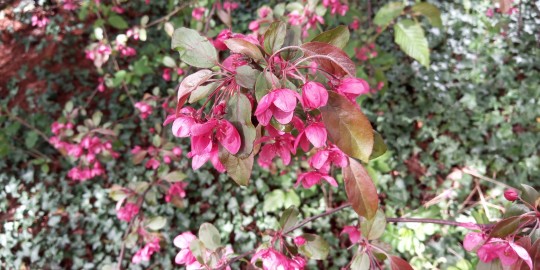

#my pictures#first rose#april#my garden#horse chestnut#crab apple#rosa gallica#rose#wisteria#japanese maple#pine#bluebells#plant photography#plant pictures#spring#garden#seasonal#plants are good#hey it's me posting pictures of plants again
6 notes
·
View notes
Text
Plant Study: Wild Rose
Wild Rose plant study
Wild Rose, Rosa Species I decided the wild rose was a good plant study pick for February, but I promptly forgot to post my findings here. You can usually find content more quickly on the Environmental Harmony Instagram. Anywhoo! Wild Roses, it turns out, are the BEST. The wild rose is the fragrant, shrubby ancestor of all the roses we know and love. The wild roses are the most fragrant and, I…

View On WordPress
#edible landscaping#edible rose#Environmental#gardening#Harmony#medicinal trees#plant study#rosa alba#rosa centifolia#rosa damascena#rosa gallica#rosa rugosa#rosa species#rose hips#rose medicinal#rose recepies#roses#Wild rose
0 notes
Text
Language of Flowers: Rosa Mundi
In the language of flowers, the flower for today, October 12, is Rosa Mundi, which signifies variety. Image above from Wikipedia. Rosa Mundi is known officially as Rosa gallica versicolor. Over the years it has been called by many names, but the one that stuck is Rosa Mundi. Lovers of Latin know that this means “rose of the world”. Image above from Wikipedia. Rosa Mundi is part of a group of…

View On WordPress
#Apothecary&039;s Rose#birthday#Gallica#Language of flowers#october#Rosa gallica versicolor#Rosa Mundi
0 notes
Text

Gallic Rose (Rosa gallica L. ‘Versicolor’) - Pieter Withoos - 17th c. - via Rijksmuseum
272 notes
·
View notes
Text

Rosa Gallica taken from 'Les plus belles roses au début du XXe siècle' by Société nationale d'horticulture de France.
Published 1929 by C. Amat.
Bibliothèque nationale de France, département Sciences et techniques.
64 notes
·
View notes
Text
Metaphor: ReFantazio has a cast of wonderful characters and in looking up the origins of some of their names I noticed that most of them are named of plants or animals. So I had a category 2 autism moment and compiled a list of them and where their names came from because I love details like this. Tell me if I missed any!
Under the cut for some spoilers
Plants:
Gallica: (Rosa Gallica, also known as the french rose)
Eiselin Burchelli Meijal Hulkenberg (Burchellia bubalina, or wild pomegranates)
Juani "Junah" Cygnus (Ajwain, known by other names such as bishop's weed and carom)
Basilio Magnus (Basilio is equivalent to the name "Basil")
Catherina Grann (Catherina is a variety of white tulips)
Cercis Klinger (Cercis is a genus of plants in the pea family known as "redbuds")
Cirsium Zorba (Cirsium is a genus of thistles)
Joanna Calendula (Calendula is a genus of the daisy family. its members are commonly called marigolds)
Aestivum Forden (Triticum Aestivum, common wheat)
Idaeus Glodell (Rubus Idaeus is the European Red Raspberry)
Milo Adriano Narcissus Maurizio - (Aside from the obvious, Narcissus is a genus of flowers commonly known as daffodils)
Roger Arctium Ward (burdock is from the Arctium family)
Julian Ruta Castillion (Ruta is rue)
Loveless Muscar O'Shea (Muscar comes from Muscat, a variety of grapes used to make moscato wine)
Lina Kayden (The name "Lina" has a different meanings depending on the language. Some possible meanings include: "palm tree", "olive crown" or "flax")
Animals
Leon Strohl da Haliaetus (the osprey, Pandion haliaetus)
Arvid "Grius" Alces (The moose is Alces alces, the only animal in the genus Alces)
Heismay Noctule (Nyctalus, a genus of insectivorous bats are commonly called "noctule bats")
Euphausia "Eupha" Etoreika (Euphausia is the largest genus of krill)
Neueirus "Neuras" Corax (Corvus corax, the common raven)
Alonzo Crotalus (Rattlesnakes belong to the genus Crotalus)
Elphas Maxim Bardon (His name is derived from Elephas maximus, the asian elephant)
Brigitta Lycaon (Lycaon is a genus of canines of which the African wild dog, Lycaon pictus, is the only extant member of)
Fabienne Vulpes (Vulpes is the genus of "true foxes")
Rella Melancoryphus Cygnus (Reversed, Cygnus melancoryphus is the black-necked swan)
Gruidae (The crane family is Gruidae)
Ovis Gideaux (Ovis are sheep)
Rudolf Krause (Rudolf means "glory-wolf")
Goddard Gunnel (Gunnels are a group of fish in the family Pholidae)
Louis Guiabern Charadrius (Charadrius is a genus of wading plovers)
#Metaphor Refantazio#m:tf#Metaphor Refantazi spoilers#m:tf spoilers#the one i cant figure out is jin dulls#what the fuck is cerchine?
24 notes
·
View notes
Text
Hmm:

Regarding tenzu tablets:
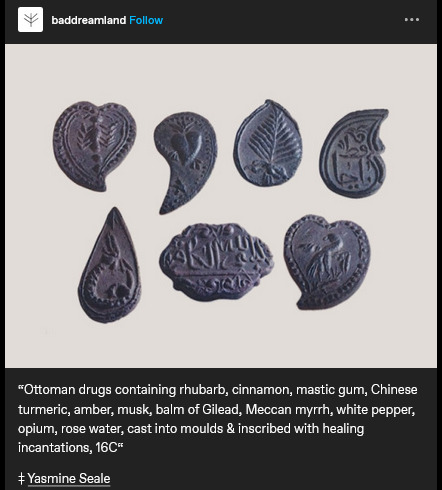
Caption reads: "Ottoman drugs containing rhubarb, cinnamon, mastic gum, Chinese tumeric, amber, musk, balm of Gilead, Meccan myrrh, white pepper, opium, rose water, cast into moulds & inscribed with healing incantations, 16C". Credited with a link to Yasmine Seale, on social media.
Original linked source doesn't mention where these particular tablets/molds were created, kept, displayed, etc. But I wanted to learn more and found a kinda recent summary of tenzu which was published by Nil Sarı (head of History of Medicine and Ethics Department at Istanbul University's Cerrahpasha medical school, president of Health History and Museology Association), which was presented at a conference in 2016:
Nil Sarı. "The Special Pharmaceutical Tablet “Tenzu” in Ottoman Medicine.” 7th International Congress for History of Islamic Medicine, October 24-28, Fez, Morocco, 2016: 24-28.
An excerpt of the text:
In Ottoman Turkish tenzu (tensuh) means "very rare beautiful thing" or "a box containing a variety of fragrances." Tenzu was also said to be the name of a place in Hitay (Eastern Turkistan / Xinjiang) where a medicinal clay - the main ingredient of the tablet tenzu - was imported from. Tenzu was a kind of theriac said to be effective against various ailments. Different tenzu prescriptions are noted in the texts [...] of several medical manuscripts of the 17th and 18th centuries. These tenzu prescriptions were described by various physicians, e.g. the head physicians Salih bin Nasrullah and Nuh Efendi as well as Hayatizade Mustafa Feyzi and Shaban Shifai who were palace physicians of the period. The special pharmaceutical tablet/pastille named "tenzu kursu" was formed in various shapes, i.e. oval, round, or rectangular. A measured amount of the drug preparation was compressed and shaped in a special brass mold named "tenzu kalibi" in Turkish. [...]
Prayers and ornamentations are engraved on the metal molds [...]. The expressions Deva al kulub (Drug for the heart) and Shifa al marghoob (The desired, yearned healing) inscribed on molds reinforce spirituality. [...] Inscriptions around the center of the other flower shaped pattern are Ferd, Hayy, Kayyum and feehi shifaun lin-naas (wherein is healing for mankind, Surah an-Nahl, verse 69). [...] Al-Hayy and Al-Qayyum are often used together. Al-Hayy signifies "ever-lasting life", and Al-Qayyum "self-existing life". [...] Sihhat bad (Have a good health) and Afiyet bad (Have a good appetite) are inscribed. [...] A. Suheyl Unver and Hayri Sozen published several tenzu prescriptions in their book "Turk Farmakaloji Tarihi I.", in 1960. [...] Tenzu prescriptions are found in several medical manuscripts kept in the Topkapi Palace Library, Suleymaniye Library and Istanbul University Rare Books Library.
Clay is a main ingredient [...]. Tiyn-i Tenzu is an unknown red colored clay. However, Terra Sigillata (Tiyn-i mahtum / muhurlu toprak) and Armenian Clay (Kil ermeni) are found in the prescriptions. [...] There are also animal products in the compositions, i.e. ambergris (amber), bezoar (badzehr), kermes (kirmiz), musk (misk), raw silk (harir-i ham / ham ipek), [...] and burnt deer antler (yanmisgeyik boynuzu). There are a wide variety of herbal drugs in the compositions, i.e. Acorus calamus [...], Aloe vera (Sabir), [...] Anchusa offinalis (Lisan-i sevr cicegi), Artemisia absinthium [...], Bambusa arundinaceae [...], Chenopodium album [...], Cinnamon (Darcin), Citrus aurantium [...], Crocus sativus (Za'feran), Embellia ribes [...], Gummi mastix [...], Heliotropium arborsecens [...], Nardustachys jatamansi [...], Potentilla reptans [...], Pterocarpus santalinus [...], Red rose/Rosa gallica [...], Rheum officinale (Ravend), Rumez acetosellaseed [...], Ruta graveolens (Keci Sadefi/Sedef Otu), Terminalia citrina [...], Terminalia chebula [...], Tormentilla (Tormentila).
Shaping and storage of these drugs are explained alongside some of the tenzu prescriptions. According to a recipe, all ingredients are beaten very thin on a porphyry (onyx marble) [...]. Each dose wrapped in gold foil is anointed an amount of almond oil. It is pressed into the mold, dried in the shade and stored in wood boxes. [...] Drugs in tablet form was an old tradition. In general, the preparation is poured onto a tray. [...] After dried in the shade, orange leaves are put between them. Stored in colored glass containers, they're reused when needed, squashed with water and drunk as a syrup. Also, flat pills made of a drachma weight were retained on the tongue in the mouth [...]. Although drugs in tablet form were used throughout Ottoman history either as a pastille or to be converted into syrup, the tenzu tablet molds were designed for the Ottoman sultans and members of the dynasty to make special tablets decorated with calligraphy [...].
[End of excerpt.]
All of these images are cropped screenshots of the PDF scan of the printed "conference works"; the PDF was uploaded online by Nil Sarı.


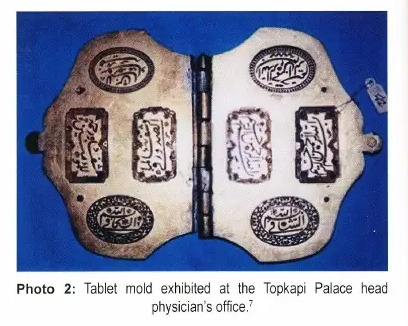


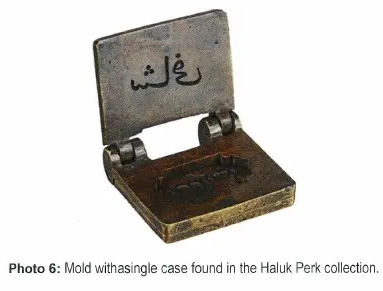
#sorry some of the non english is messed up because i had to transcribe the text myself from the image scans#also like that the Special Sweets Kitchen of the palace produced medicine
136 notes
·
View notes
Text

Mary Delany, A cluster of damask rose (Rosa Gallica), 1780
12 notes
·
View notes
Text
Ancient Greek City-State flags
(I made while at a wedding)









Iconography:
1.Thebes -> Boeotian shield, Heracles's club
2.Corinth -> Pegasus, Waves
3.Chalkis
4.Kerkyra/Corfu -> Ivy wreath, Heracles's lion skin, trireme
5.Eretria -> Cow, Spirals
6.Miletus -> Harp
7.Rhodes -> Rhodon (Rosa Gallica), "ΡΟΔΙΟΝ" (Rodion)
8.Amphipolis -> Race torch, Grain ear, Vergina sun
9.Syracuse -> Dolphins, "Σ" (S, sigma)
#flags#countryhumans#art#artists on tumblr#digital art#ancient greece#city states#cityhumans#syracuse#rhodes#amphipolis#kerkyra#corfu#thebes#corinth
8 notes
·
View notes
Text
ARCHIVIST
Statement of Jaiden N.E. Mason, regarding a cabin in a field of red roses. Statement recorded direct from subject, 1st August, 2023.
Statement begins.
9 notes
·
View notes
Text










#my pictures#my garden#may#seasonal#wisteria#rose#tulips#crab apple#gillyflower#rosa gallica#plants are good#hey it's me posting pictures of plants again
6 notes
·
View notes
Text



Plant of the Day
Monday 14 August 2023
Growing under some Rosa gallica (rose) plants was the woodland species Podophyllum peltatum (Mayapple, American mandrake, ground lemon, umbrella leaf, duck's foot, hog apple). The flowers were over but this herbaceous perennial had ripening fruit.
Jill Raggett
#Podophyllum#mayapple#fruit#Americanmandrake#groundlemon#umbrellaleaf#duck'sfoot#hogapple#plants#horticulture#gardens#garden#herbaceousperennial
66 notes
·
View notes
Photo




Rosa gallica (French rose var. 'Charles de Mills')
'Charles de Mills' is a gallica rose, bearing fully double, magenta-pink flowers with an intense fragrance. Gallica roses were first cultivated by the Greeks and Romans and commonly used in mediaeval gardens. Until the 19th century it was the most important species of rose to be cultivated, and most modern European rose cultivars have at least a small contribution from R. gallica in their ancestry.
Most wild roses have five petals but highly doubled roses can produce up to forty petals. However double roses are sterile and they won’t bear true seed. For this reason cultivated roses like 'Charles de Mills' (first introduced in 1786) are grown from cuttings and therefore are clones of the original specimen.
#flowers#photographers on tumblr#rose#charles de mills#tinman#fleurs#flores#fiori#blumen#bloemen#our garden#Vancouver
95 notes
·
View notes